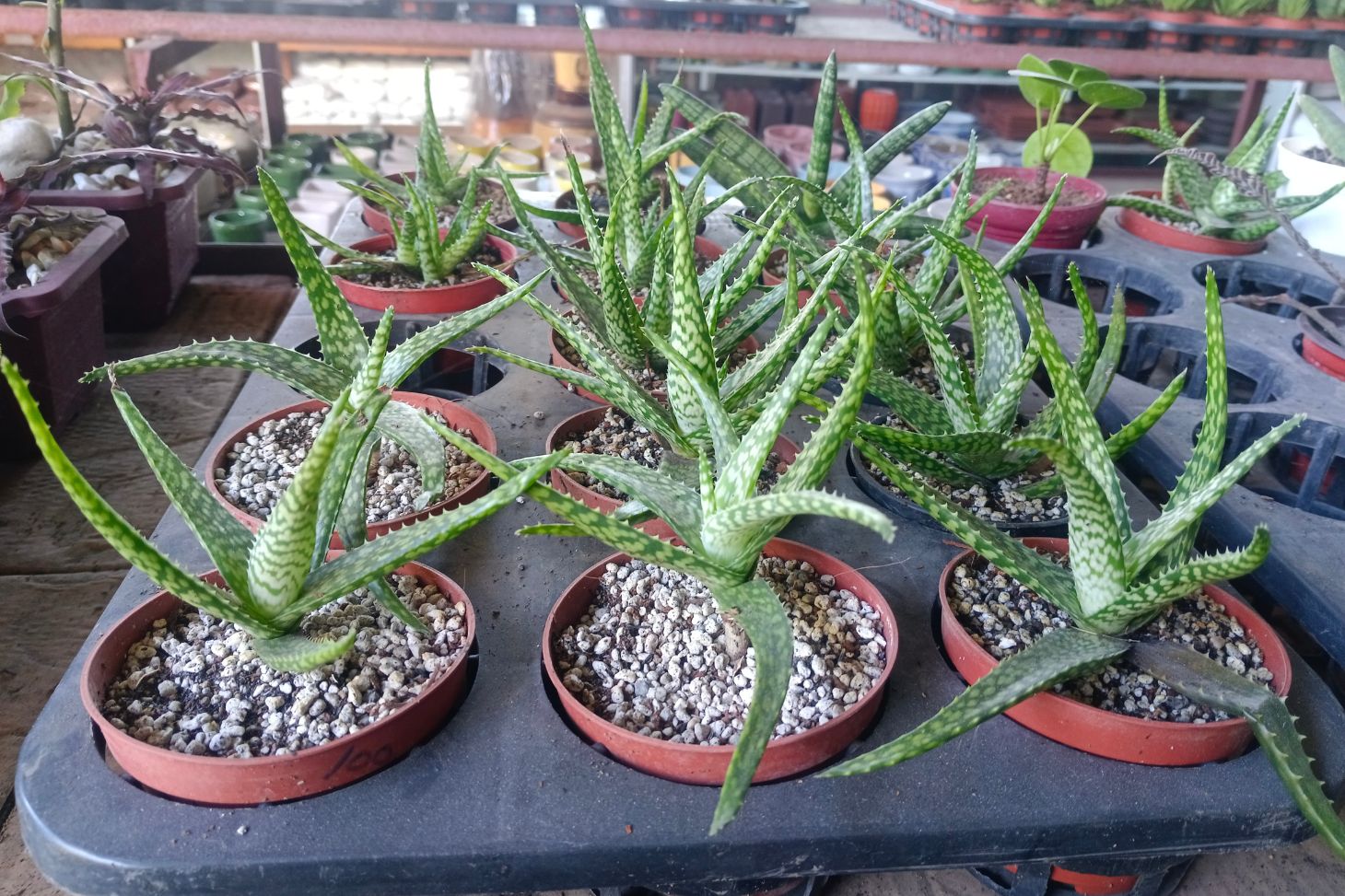Succulent Friendly Mulch
The best mulch for succulents is usually inorganic, such as pebbles, gravel, or rocks, because these materials help water drain quickly and keep the roots healthy. Using the right mulch helps avoid problems like root rot and keeps your succulent garden looking neat and tidy. Unlike wood chips or other organic mulches, stones and gravel will not hold too much moisture.
If you want your succulents to thrive, it’s important to know which mulches work and which could cause harm. Choosing the right materials gives your plants the well-draining environment they need while making your garden easier to care for. Read on to discover more about the types of mulch that support healthy succulents and help your garden look its best.
What Makes Mulch Succulent Friendly
Succulent-friendly mulch works best when it encourages healthy roots and helps the soil act like a natural desert environment. The right mulch also keeps water from sitting around the roots and helps protect your plants from sudden changes in temperature.
Key Properties for Succulent Mulch
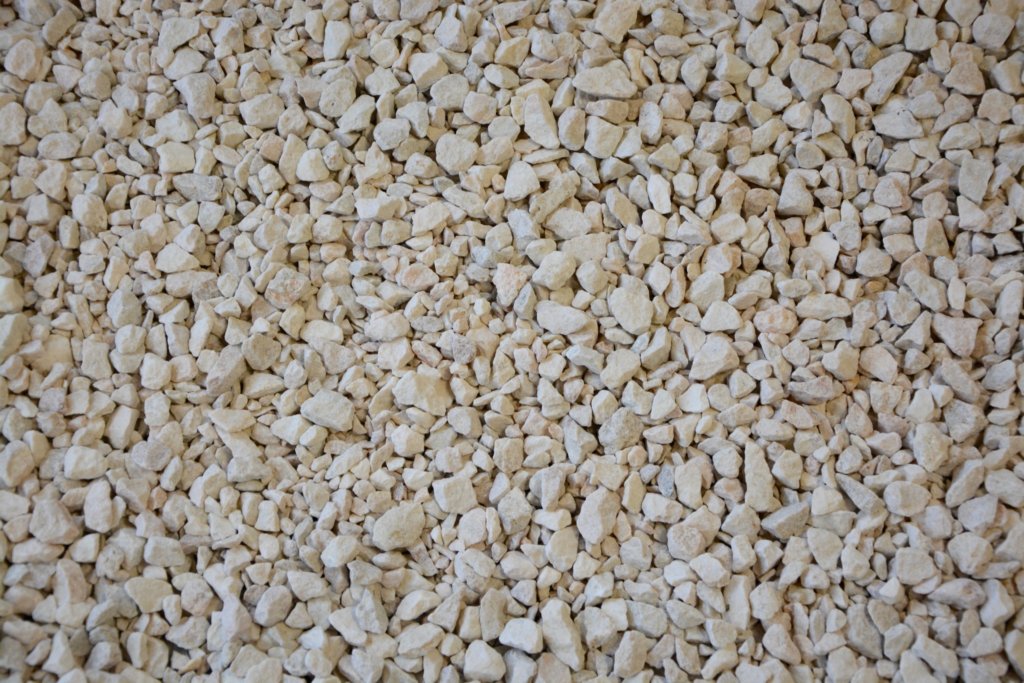
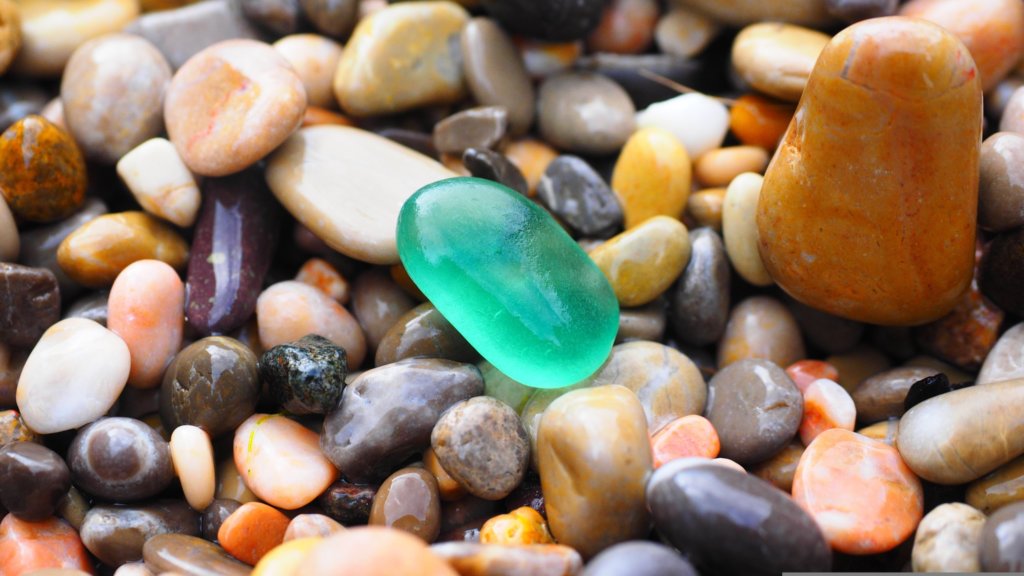
Succulents need mulch that matches their natural habitat. The main features to look for are:
- Well-draining material: Mulch made from gravel, pebbles, or small rocks allows water to move through quickly.
- Non-organic composition: Inorganic mulches, such as stones, do not break down over time. This helps prevent more moisture in the soil than your plants need.
- Temperature regulation: Rocks and stones help shade the soil and keep temperatures steady on hot or cold days.
- Low organic content: Avoid mulches like wood chips or bark. These stay wet and can cause root rot.
Here’s a comparison of common mulches for succulents:
| Mulch Type | Drains Well | Holds Moisture | Breaks Down | Best For |
|---|---|---|---|---|
| Gravel | Yes | Low | No | Succulents |
| Stones | Yes | Low | No | Succulents |
| Wood chips | No | High | Yes | Not recommended |
| Bark | No | High | Yes | Not recommended |

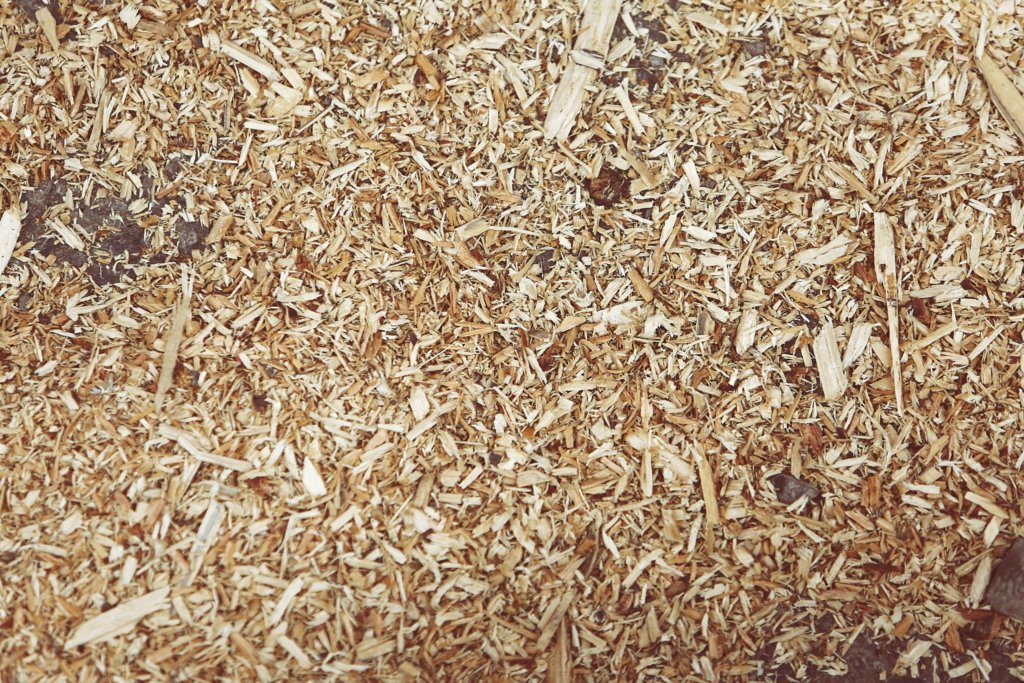
Drainage and Moisture Control
Succulents store water in their leaves or stems. Because of this, you need mulch that lets extra water escape.
Gravel, small rocks, and coarse sand do not trap water. These materials keep the soil airy and make it easy for water to flow away from the roots.
When mulch keeps too much moisture, such as with wood chips or leaves, roots can stay wet for too long. This raises the risk of fungal diseases and soft, rotten growth. Always use a thin layer of mulch and keep it away from the plant’s base.
If you garden in a rainy area or use pots without drainage holes, good drainage in your mulch is even more important.
Impact on Root Health
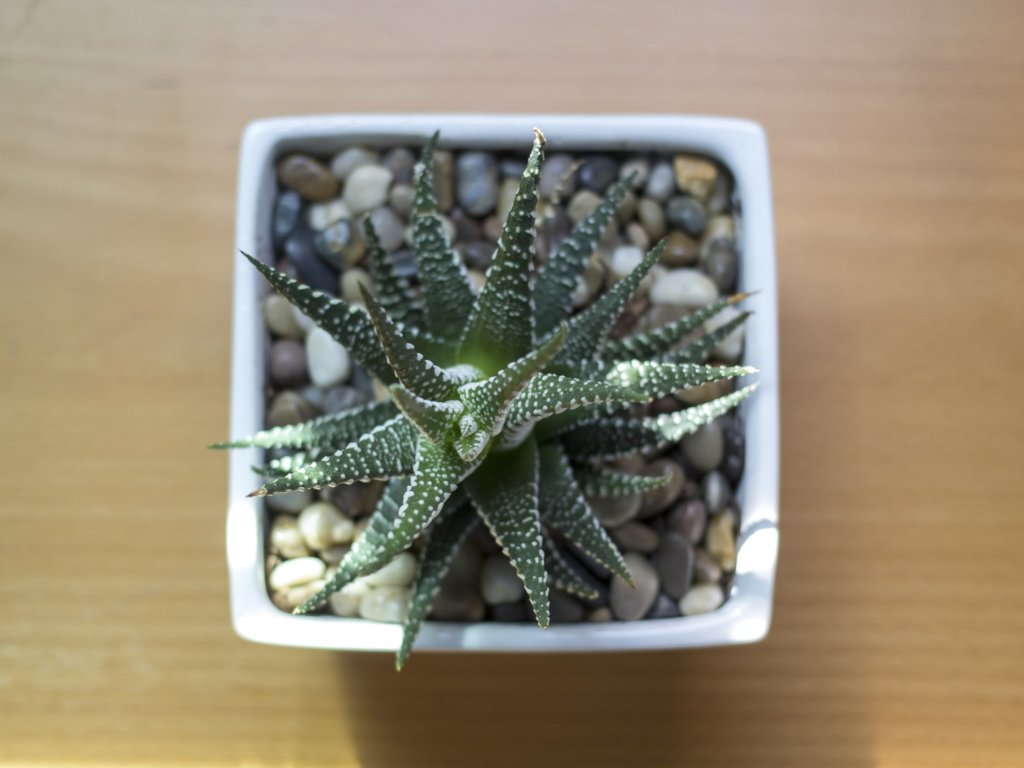
Healthy roots mean healthy succulents. Mulch that dries out fast gives roots air and prevents them from sitting in soggy soil.
Non-organic mulch, like gravel or stones, does not add extra nutrients or break down into the soil. This helps keep root systems stable and avoids sudden changes in soil mix.
A dry, aerated root area discourages insects and mold that thrive in damp, decaying mulch. You also avoid problems like root rot, which is common in wet conditions caused by organic mulch.
When you pick the right mulch, you give your succulents the best chance to grow strong roots and avoid many common problems.
Best Mulch Options for Succulents
Choosing the right mulch helps prevent root rot and keeps soil from getting too wet. Inorganic types help water drain away quickly and can also make your succulent garden look tidy and attractive.
Gravel as a Top Mulch Choice
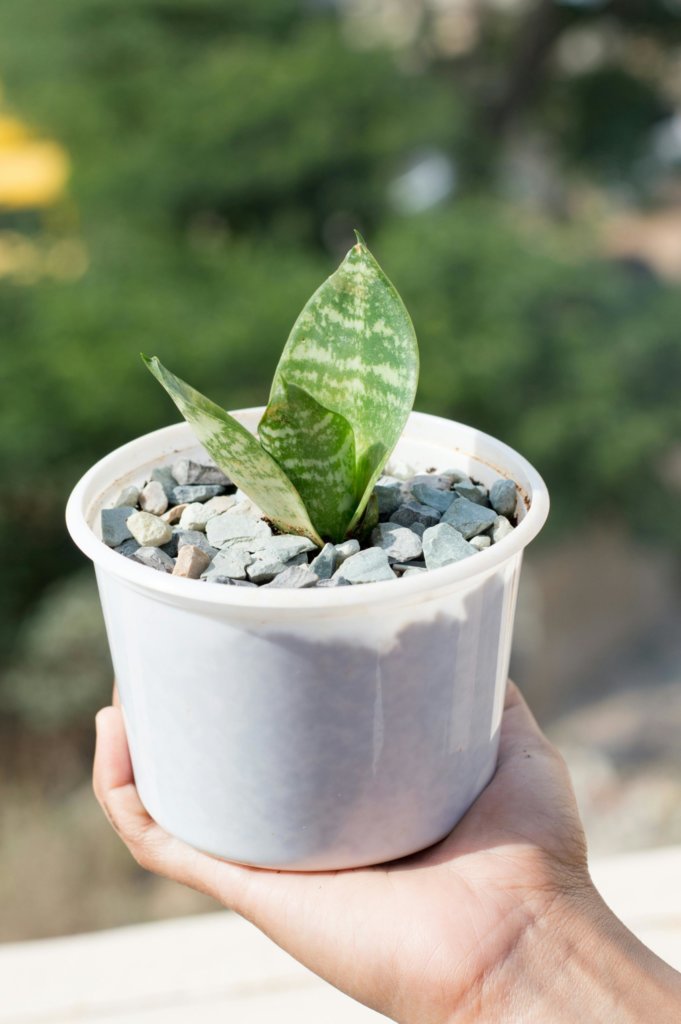
Gravel is a highly recommended mulch for succulents because it allows for excellent drainage. This is important since succulents do not like wet roots and can develop root rot in soggy soil. Gravel does not break down or add extra moisture to the soil, making it safe for your plants.
There are several sizes to choose from, such as pea gravel or crushed granite. Smaller stones cover soil well, while larger pieces help with airflow between the soil and the mulch layer. Gravel also acts as a barrier to weeds and helps regulate temperature by keeping roots cooler.
Main benefits of gravel mulch:
| Benefit | Detail |
|---|---|
| Drainage | Water freely moves through to the soil |
| Durability | Does not break down over time |
| Weed Barrier | Blocks light, reducing weed growth |
| Temperature Control | Helps keep roots from overheating |
Choose clean, washed gravel to avoid adding dust or fine particles that could clog the soil.
Pebbles and Decorative Stones
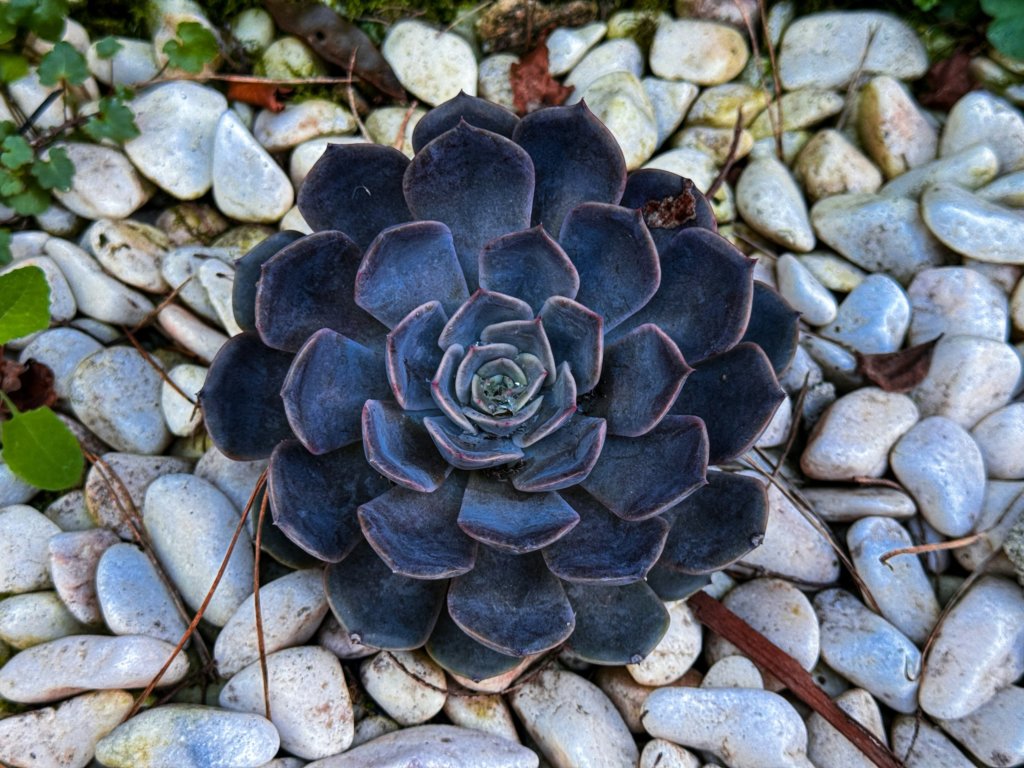
Pebbles and decorative stones are popular for enhancing the appearance of succulent gardens. They come in a range of colors, shapes, and sizes, letting you create custom designs in pots or beds. Like gravel, pebbles promote drainage and prevent water from building up around your plant’s roots.
Use a thin layer, usually about 1 inch is enough, so water can still evaporate from the soil underneath. Pebbles reduce soil erosion and keep soil from splashing onto your plants. They can also discourage some pests from reaching the base of the plant.
When selecting pebbles, avoid those with sharp edges that might damage plant stems. River rock, polished stones, or tumbled glass pebbles are gentle on plants and add a decorative touch.
Pumice for Soil Aeration
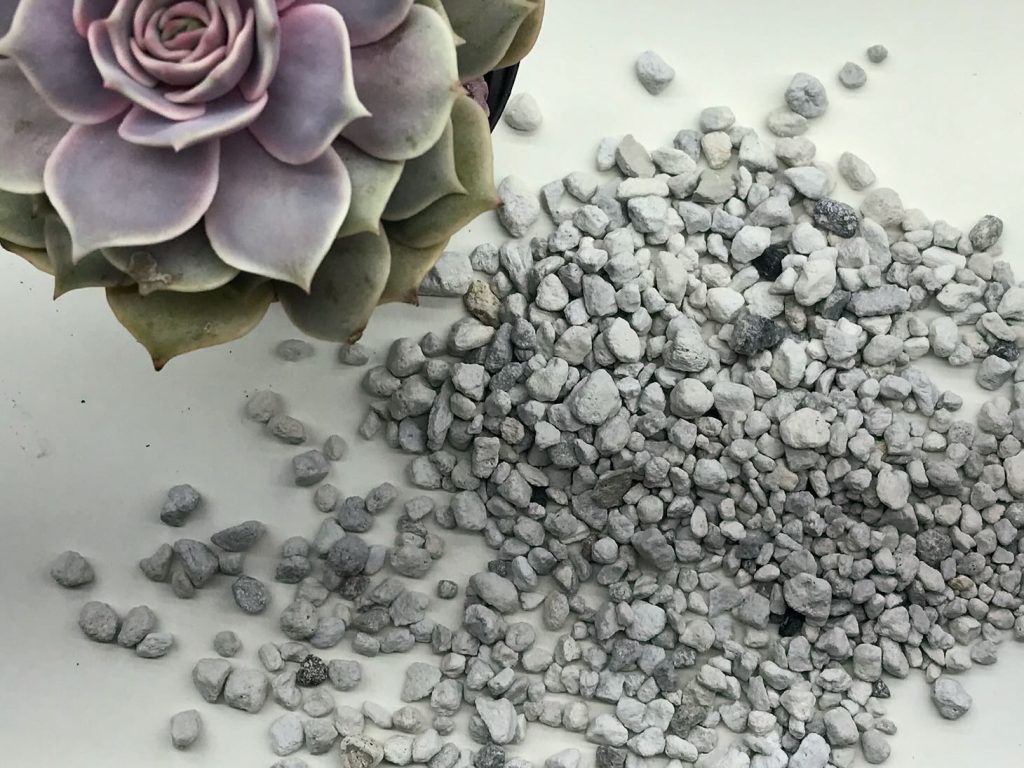
Pumice is a lightweight, porous volcanic rock often used to improve soil aeration. It absorbs and releases small amounts of moisture, helping roots breathe by creating air spaces in the soil. Pumice does not compact or break down, making it a good long-term mulch choice for succulents.
You can mix pumice into the soil or use it as a top dressing. For mulch purposes, spread a layer about half an inch thick over the soil. Pumice helps prevent root rot by increasing oxygen flow at the root level and improving drainage, especially in pots.
Because it is both light and stable, pumice stays in place even during watering. It contains trace minerals that may benefit some plants but will not add excess nutrients or organic matter that could trap moisture. This makes it well suited for indoor and outdoor succulent gardens.
Choosing and Preparing Soil and Mulch Combinations
Selecting the right soil and mulch helps succulents avoid root rot, keeps moisture balanced, and protects roots from temperature swings. Good combinations let water drain easily but also offer some nutrients and protection.
Blending Potting Soil for Succulents

Start with a well-draining commercial succulent potting soil as your base. These mixes drain well and are less likely to hold too much water. You can boost drainage even more by mixing in pumice, perlite, or coarse sand. A typical ratio is 3 parts potting soil to 2 parts coarse sand and 1 part pumice or perlite.
Best additives for succulent soils:
- Pumice: Improves drainage and is lightweight.
- Coarse Sand: Helps prevent soil compaction.
- Perlite: Creates air pockets for healthy roots.
Mix all components together before filling your pots or planting beds. Avoid soils with lots of peat moss, as they can keep the roots too wet.
Organic Versus Inorganic Mulches
When choosing mulch, you have two main options: organic or inorganic. Organic mulches include wood chips, bark, and compost. Inorganic mulches include gravel, pebbles, rocks, and crushed stone.
| Mulch Type | Pros | Cons |
|---|---|---|
| Organic | Adds nutrients, insulates roots | May hold too much moisture, can rot |
| Inorganic | Excellent drainage, long-lasting | No nutrients, can heat up in sun |
For succulents, inorganic mulches like rocks or gravel are the safest choice. They let water pass through and help prevent the soil from staying soggy. Avoid thick layers of organic mulch, as these can lead to root rot and attract pests.
Applying Mulch in Garden Beds and Pots
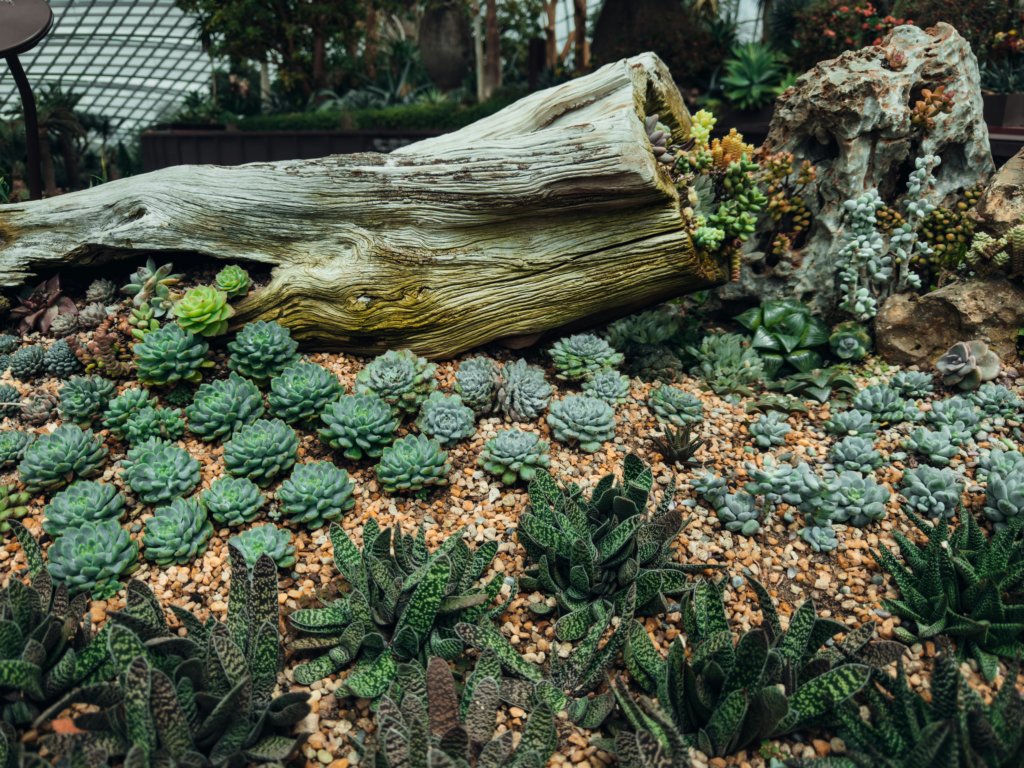
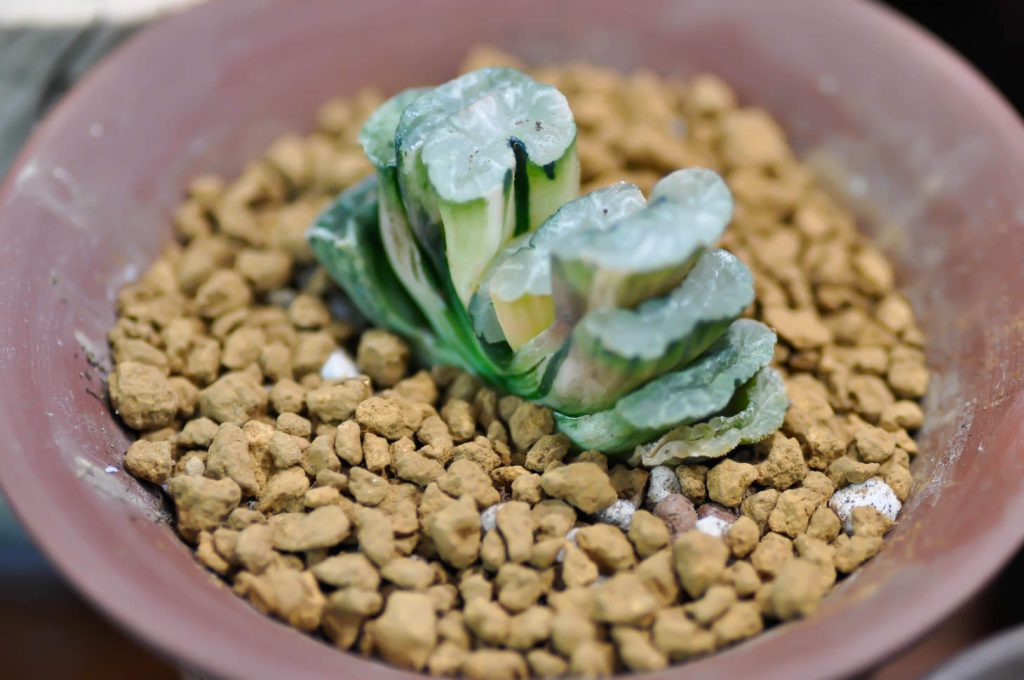
Spread a thin layer of mulch (about 1-2 inches) on top of the soil, keeping it a small distance from the base of each succulent. This helps air move around the stems and prevents rot.
In garden beds, use small stones, gravel, or coarse sand as mulch. They keep weeds down and protect roots from hot or cold weather. In pots, pebbles or pumice on the surface keep the soil from splashing and give the pot a neat look.
Always check that water can soak in and drain out easily after you add your mulch. Reapply mulch as needed if it shifts or thins out over time.
Frequently Asked Questions

Mulch can protect succulents from harsh temperatures and manage moisture. Picking the right mulch and soil is important for healthy plants.
What are the benefits of using mulch for succulents in landscaping?
Mulching helps keep soil temperatures steady and prevents weeds from growing. It also reduces water loss from the soil, which can lower how often you need to water. Certain mulches can give your garden a neat look and keep roots from getting too hot or too cold.
How does the choice of mulch affect succulents in different climates, such as California?
In dry climates like California, gravel or small stones are good choices. They let water drain fast and don’t hold extra moisture, which helps prevent root rot. In cooler or wetter places, mulch that traps less water is also best to keep roots from staying too damp.
Which type of soil should be used to optimize succulent health?
Succulents do best in soil that drains quickly. Use well-draining special succulent potting mixes, or mix regular soil with sand, pumice, or perlite. Good drainage keeps roots from sitting in water and lowers the risk of rot.
Are there specific mulches that should be avoided when gardening with succulents?
You should skip organic mulches like wood chips, bark, and leaves if you are planting succulents. These types of mulch hold moisture, and that can make the soil too wet, leading to possible root rot. Inorganic mulches, such as rocks or gravel, are better.
How does mulching impact water retention for succulent plants?
Mulching keeps the soil from drying out too quickly, which helps reduce how often succulents need water. However, if the mulch holds too much moisture, it can cause problems. Inorganic mulches like gravel hold less water than bark or straw.
Is it beneficial to add wood chips as mulch for succulent gardens?
It’s not recommended to use wood chips around succulents. Wood chips keep the soil too wet and may encourage rot or fungus. Stick to pebbles, rocks, or gravel for the best results with succulents.

